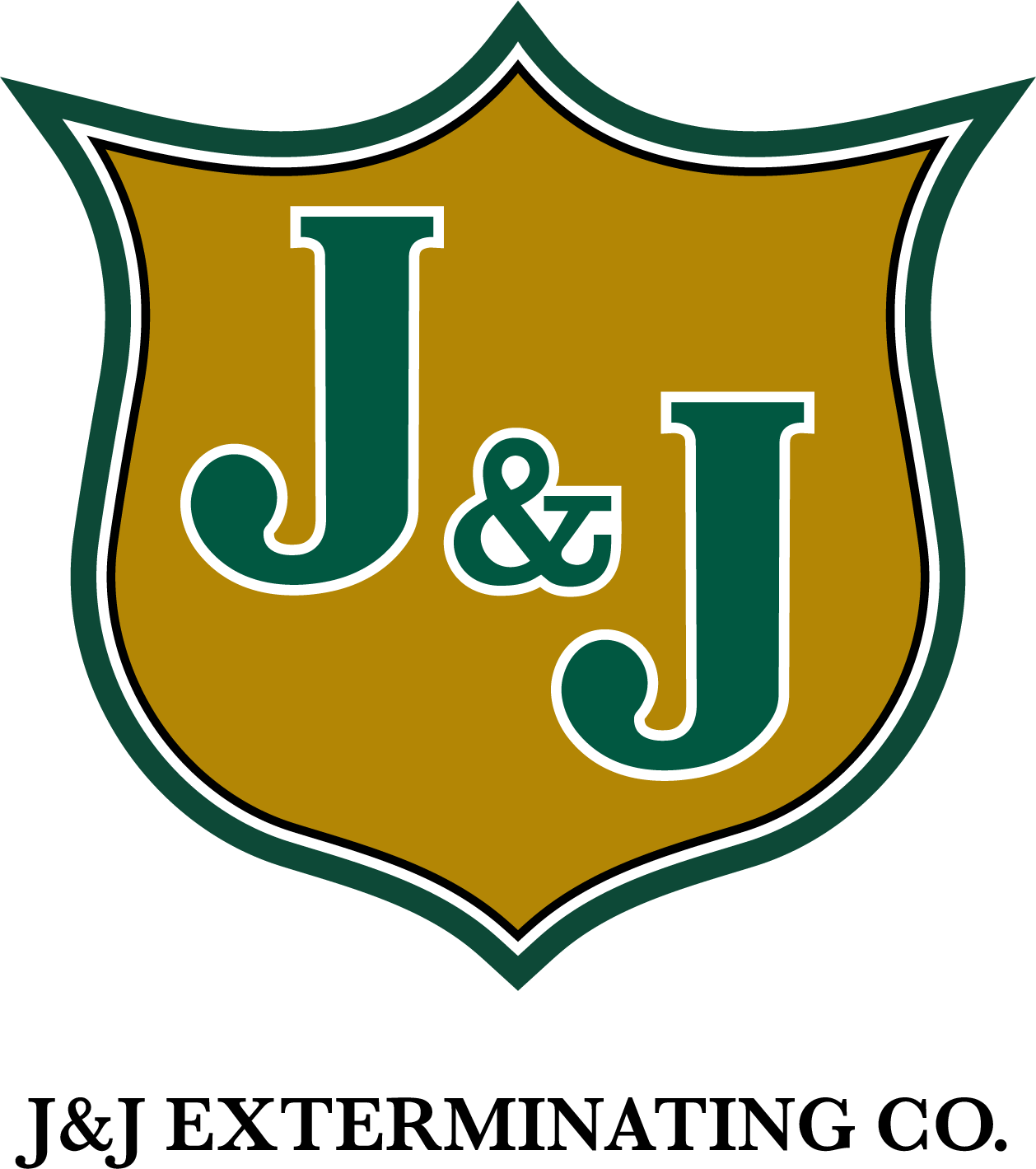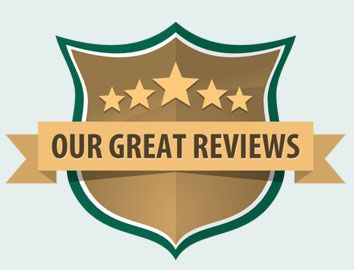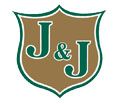To say that one particular termite species is more or less “destructive” than any other termite species can be misleading. For example, one colony of invasive Formosan subterranean termites will damage wood more rapidly than one colony of native eastern subterranean termites. Despite this, experts claim that the eastern subterranean termite is the most destructive termite species in the US. This claim is true when considering that the eastern subterranean termite is the most widespread termite species in the country, and therefore, they cause the greatest amount of property destruction annually in the US. The Formosan subterranean termite’s habitat, on the other hand, does not extend far beyond the Gulf Coast states, so while Formosans may be the most “destructive” termite species, they are not the most “economically significant” termite species in the country. If Formosan subterranean termites were to become as widely distributed as eastern subterranean termites in the US, then Formosan termites would easily become the most destructive and economically significant termites in the country.
There are several factors that make Formosan subterranean termites a remarkably destructive termite species, the most significant of which is this species’ superior ability to spatially orient large colony networks and their habit of incorporating unrelated Formosan colonies into these networks in order to cover greater territory. Individual Formosan workers do not consume wood at a greater rate than eastern subterranean termite workers, but the former lives in colonies that contain between 2 and 10 million termites, while all other subterranean termite species in the US inhabit colonies that contain between 20,000 and 1 million termites. After a pair of reproductive swarmers (alates) of the Formosan species initiate a new colony, the colony gradually expands to cover an area of 50 square meters around the original nest. This species also accepts unrelated Formosans from other colonies as new nestmates, which not only expands their territory, but it also makes colonies more genetically diverse, which enhances their vigor as wood-destroying insect pests.
Do you believe that Formosan subterranean termite colonies are present on your property?
Tags: Termite Control, Termite Exterminator, Termites




